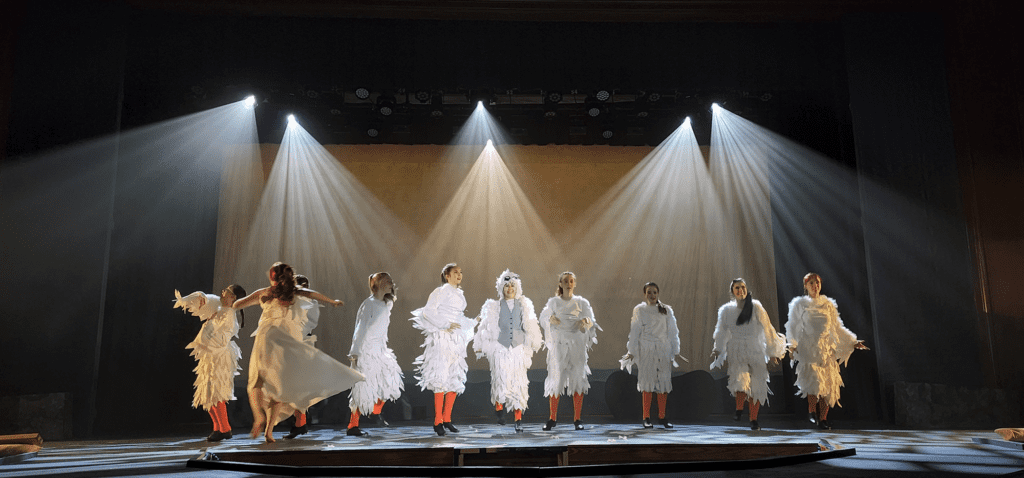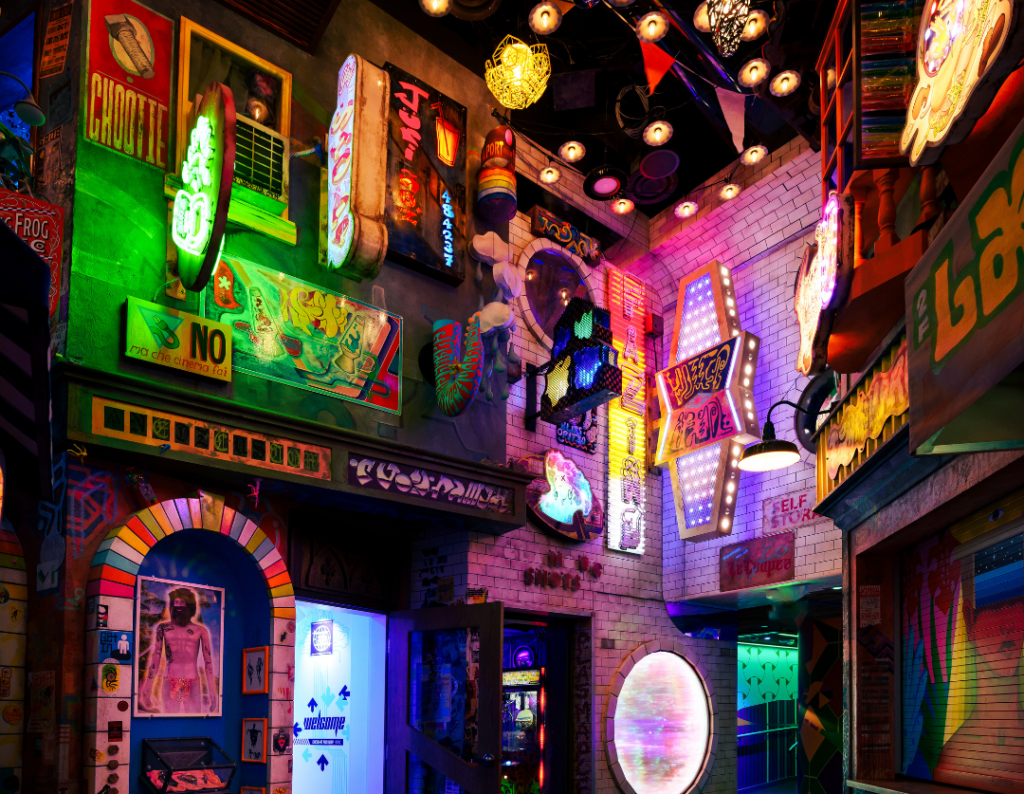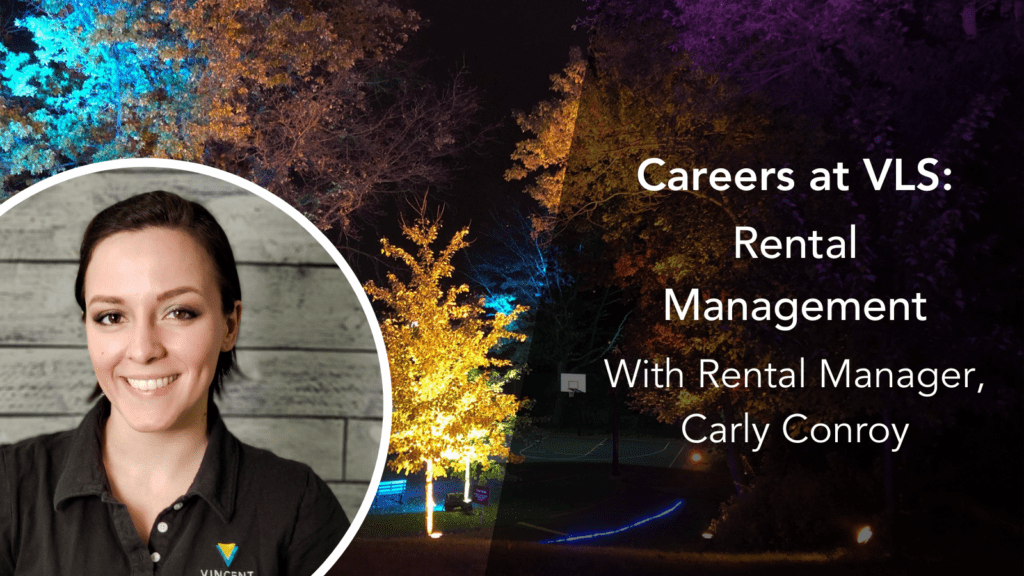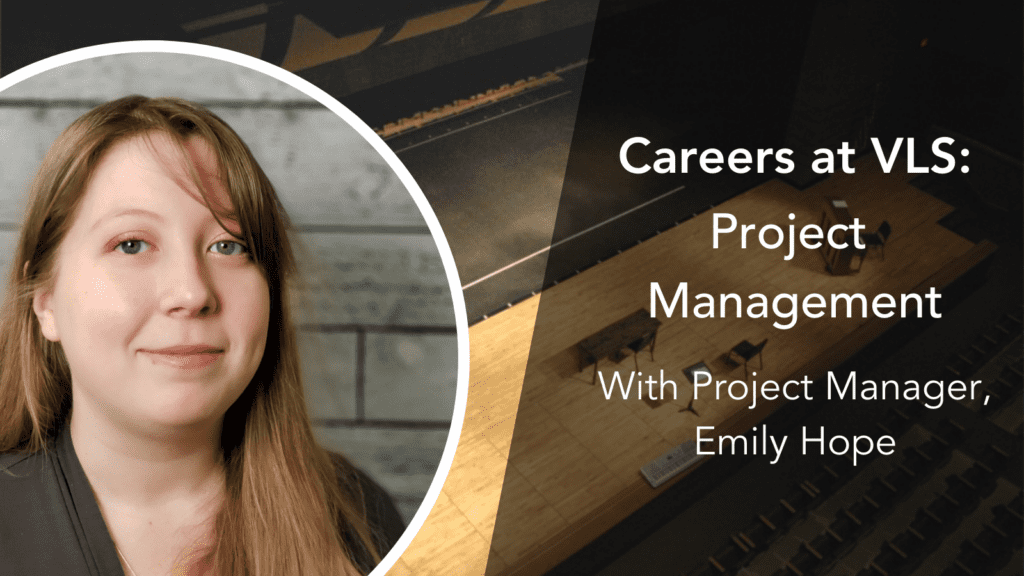Have you ever wondered how to tell if your stage lighting is necessary and effective throughout your production? Understanding the functions of stage lighting to better illustrate a production is essential in understanding your light plot.
VISIBILITY
Visibility is a vital function of stage lighting. The audience should be able to see exactly what you want them to see, or not see those things that should remain hidden. Therefore, we might rename this function “selective visibility.” An example of selective visibility can be found in the play, Wait Until Dark by Frederick Knott. A blind woman is terrorized by a murderer hiding in her apartment. To even her odds against him, she smashes all of the light bulbs thus plunging him – and the audience – into darkness. The action is revealed verbally and occasionally visually with flashlights, matches, and a very surprising source of light at the climax of the play.
REVELATION OF FORM
Similar to selective visibility, revealing the form of the actor, dancer, or speaker will make them stand out from their background. Using techniques described later in this article, you will be able to make the subject appear natural and be the focus of attention for the viewers. For example, when lighting a ballet it is important for the stage lighting to reveal the form of the dancers. The audience wishes to see the dancers move through the space and stand apart from the background. Lighting ballet has been described as “lighting fish in an aquarium.” Light is the same as water in this metaphor. The lighting designer creates an “environment” for the dancer to move through.
PLACING THE ACTION
The stage lighting can be effectively used to represent the location of your presentation. Does the action take place inside or outside? At day or night? At dusk in a garden or at dawn in Manhattan? The lighting can be instrumental in establishing time and place.
MOOD
Are you staging a “light” comedy or a “dark” drama? These metaphors are used on purpose to make the point that stage lighting can help provide the mood for your event. Comedies are often bright and cheery. Dramas may be darker with shadows.
COMPOSITION
Perhaps today more than ever before, stage lighting can be used to compose a picture. Some events contain little or no scenery and use lighting to create the overall picture of the scene. Musical concerts can be an example of this function.
REINFORCING THE STORY
Two examples follow of how lighting can reinforce the story being told:
- Late at night after partying with friends, an infatuated Romeo sneaks into Juliet’s garden, hoping to catch a glimpse of her. Juliet enters from above, on her garden balcony. Romeo says, “But soft, what light through yonder window breaks? It is the east and Juliet is the sun!”
- Scene 9 of Tennessee Williams’ play A Streetcar Named Desire: An angry Mitch confronts Blanche about her lies and questionable past. Mitch says, “I don’t think I ever seen you in the light… You never want to go out till after six and then it’s always some place that’s not lighted much… “I’ve never had a real good look at you Blanche. Let’s turn the light on here.” Blanche says fearfully, “Light? Which light? What for?” Mitch: “This one with the paper [lantern] on it.” He tears the paper lantern off the bare light bulb hanging from the ceiling. He then switches on the light bulb. Blanche utters a frightened gasp…
Certainly, these classic works of literature would still be excellent if performed in a hangar under fluorescent lights. But, in a controlled stage production, the lighting can help reinforce the story. We can likely come up with other functions or dissect those listed above. If you use these functions in the proper proportion for your needs, you will have a successful lighting design.








